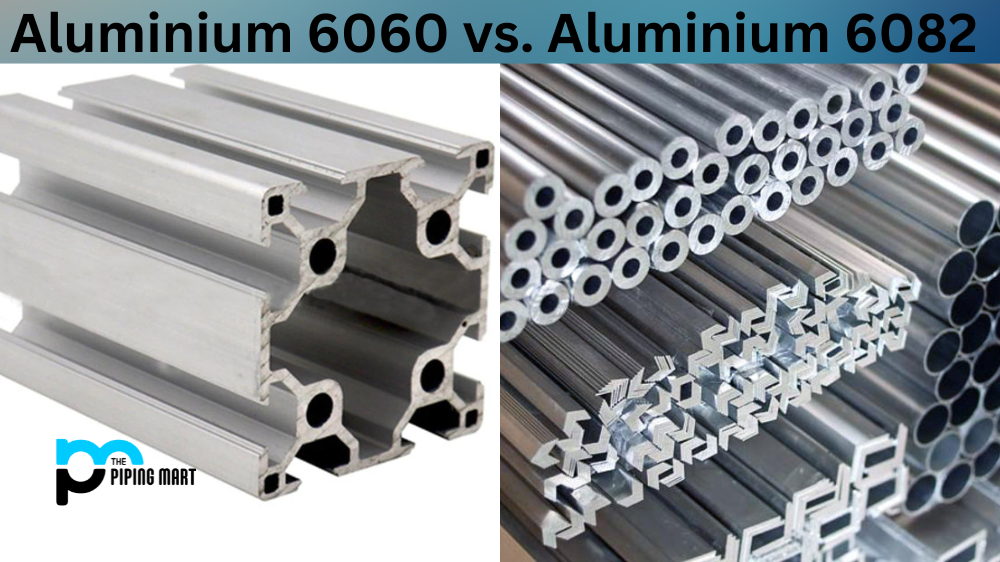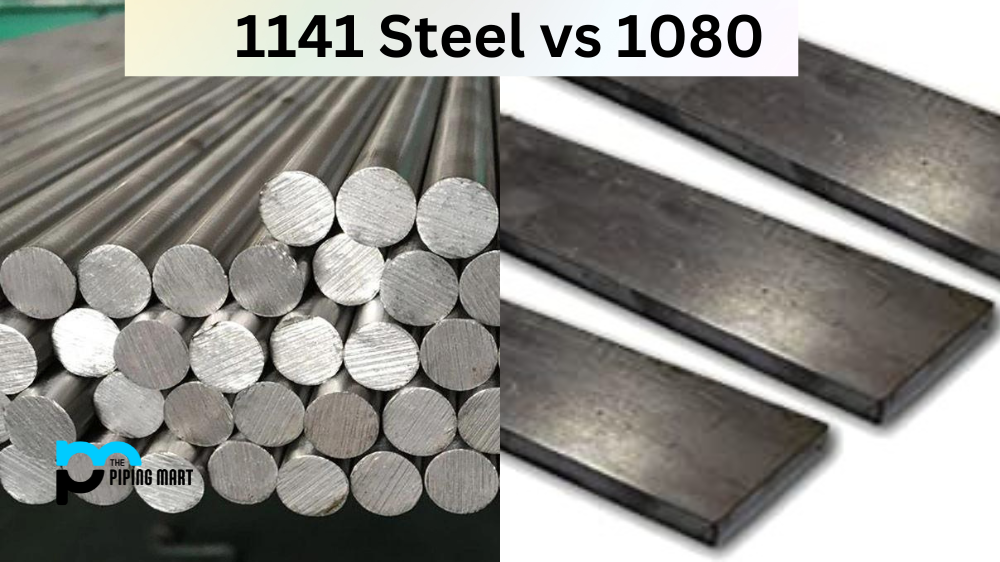When it comes to choosing the right aluminum alloy for your needs, it can be difficult to know where to begin. Two of the most popular aluminum alloys are aluminum 6060 and 6082. Each has its own unique properties and benefits, which can make it hard to determine which one is the best choice for you. Let’s take a closer look at aluminium 6060 vs. 6082 to help you decide which one is right for your application.
Strength and Durability
Aluminium 6060 is a medium-strength alloy with excellent corrosion resistance, weldability, and machinability. It also offers excellent extrusion performance, meaning that it can be shaped into complex profiles with relative ease. This makes it an ideal choice for applications where strength, durability, and corrosion resistance are required.
Aluminium 6082 is slightly stronger than 6060 and offers slightly better corrosion resistance due to its higher magnesium content. It also has better machinability than 6060, making it easier to shape into complex parts or components. Aluminium 6082 is a popular choice for several applications due to its superior properties, high strength, durability, and excellent corrosion resistance. Additionally, businesses frequently choose this alloy due to its competitive pricing, with the current market average for Aluminium 6082 price per kg ranging between ₹250 to ₹450. Whether you require Aluminium 6082 for construction, transportation, or another purpose, its affordability and quality make it an optimal choice for your metal needs.
Temperature Resistance
Aluminium 6060 has good thermal conductivity but relatively low-temperature resistance compared to other aluminum alloys. It can withstand temperatures up to roughly 200°C before beginning to soften or lose its structural integrity. Aluminium 6082, on the other hand, can withstand temperatures up to around 250°C without compromising its strength or ductility. This makes it suitable for use in high-temperature environments such as automotive exhaust systems or aerospace components subjected to high temperatures during flight.
Conclusion:
At the end of the day, choosing between aluminium 6060 vs. 6082 depends on what kind of application you need the alloy for and what properties you require from your material of choice. Aluminium 6060 offers good strength, weldability, and machinability, while aluminium 6082 provides superior strength, corrosion resistance, and temperature resistance over a wider range of temperatures than 6060 does. Ultimately both are excellent choices depending on your specific requirements, so be sure to consider all factors carefully before making a decision!

Pipingmart is a B2B portal that specializes in metal, industrial and piping items. Additionally, we share the latest information and information about materials, products and various types of grades to assist businesses that are involved in this business.




